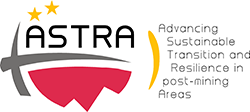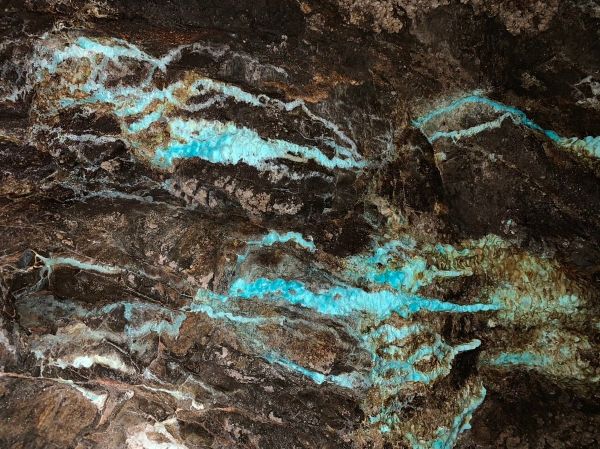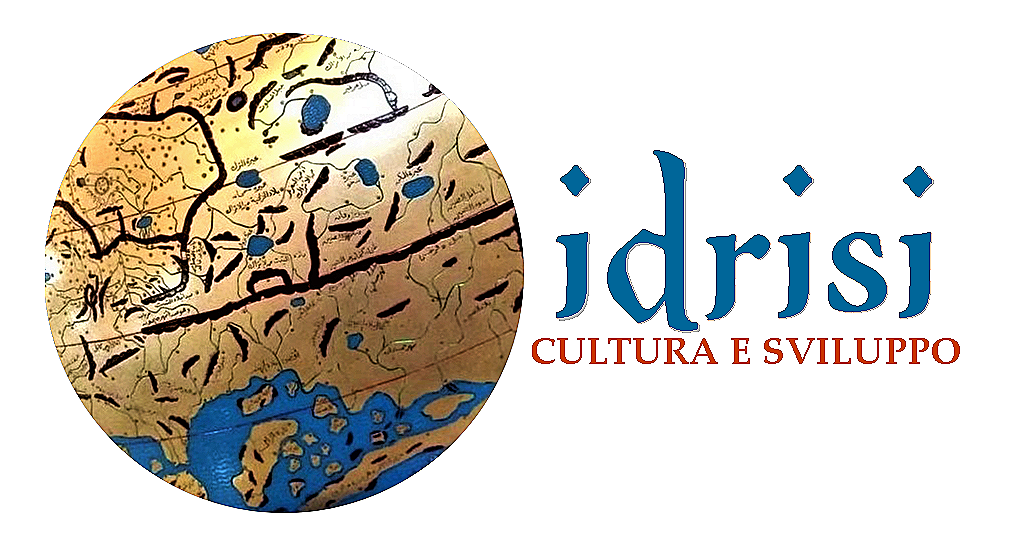Funtana Raminosa
39º 23' 58'' N 8º 41' 8'' E
South
Italy
Description
In Gadoni, between the Barbagie of Belvì and Seui, there is a jewel of industrial archaeology, thousands of years of mining history, from the Neolithic to the modern era.
Extracted Materials
Here the Nuragic people extracted the essential component of bronze, which they melted down to shape statuettes, tools, jewellery and weapons.
Antropological info
The first person to start research for excavations and cultivation was the Spaniard Pietro Xinto. The Roman tunnels were discovered by explorers at the end of the 19th century, while the 'real' industrial activity took place at the beginning of the 20th century. The modern 'Copper Age' saw Spanish, Belgian, French, Italian and even American companies playing a leading role throughout most of the century. In 1915 the concession was awarded to a French company, which made substantial investments to modernise the mining systems and build a mechanical washery, which became fully operational in 1920 with trials of the flotation system for processing mixed minerals.
Sociologal info
Along the road towards the mine entrance you will see the village, with terraced housing and services, from offices to the canteen, from the church to the school, from the infirmary to the shop, all the way to the management building overlooking the facilities from a small hill.
Archaeological info
Since prehistoric times, it has been a key player in Mediterranean metallurgy, and after the Nuragics, the site was exploited by the Phoenicians and Carthaginians, then by the Romans: tools, an ingot and the remains of a miner dating from the Imperial age have been found. In 1936, the mine passed into the hands of the Società Anonima Funtana Raminosa, which helped create a mining village with a school, clinic, shop and a chapel dedicated to Santa Barbara.
Sustainable tourism insights
There is an open-air and underground museum, which can be visited by booking, with working machinery that was state-of-the-art at the time and is still in excellent condition.
Environment sustainability
The aim was to prevent the permanent closure or, alternatively, the conversion of the plants. Today, the former miners are guides to help you discover the mines, which were opened to the public in 2020: armed with helmets, you can listen to their stories and visit mining sites with ore processing plants, part of the 150 tunnels, open-cast excavations, the washery preserved as it was left on the last day of work, the cableway, small railway convoys, mechanical shovels, drills, a myriad of tools, time-scarred instruments to remind you of the hard work, and fragments of mining history that follow one another through the tunnels, as if time had stood still.









